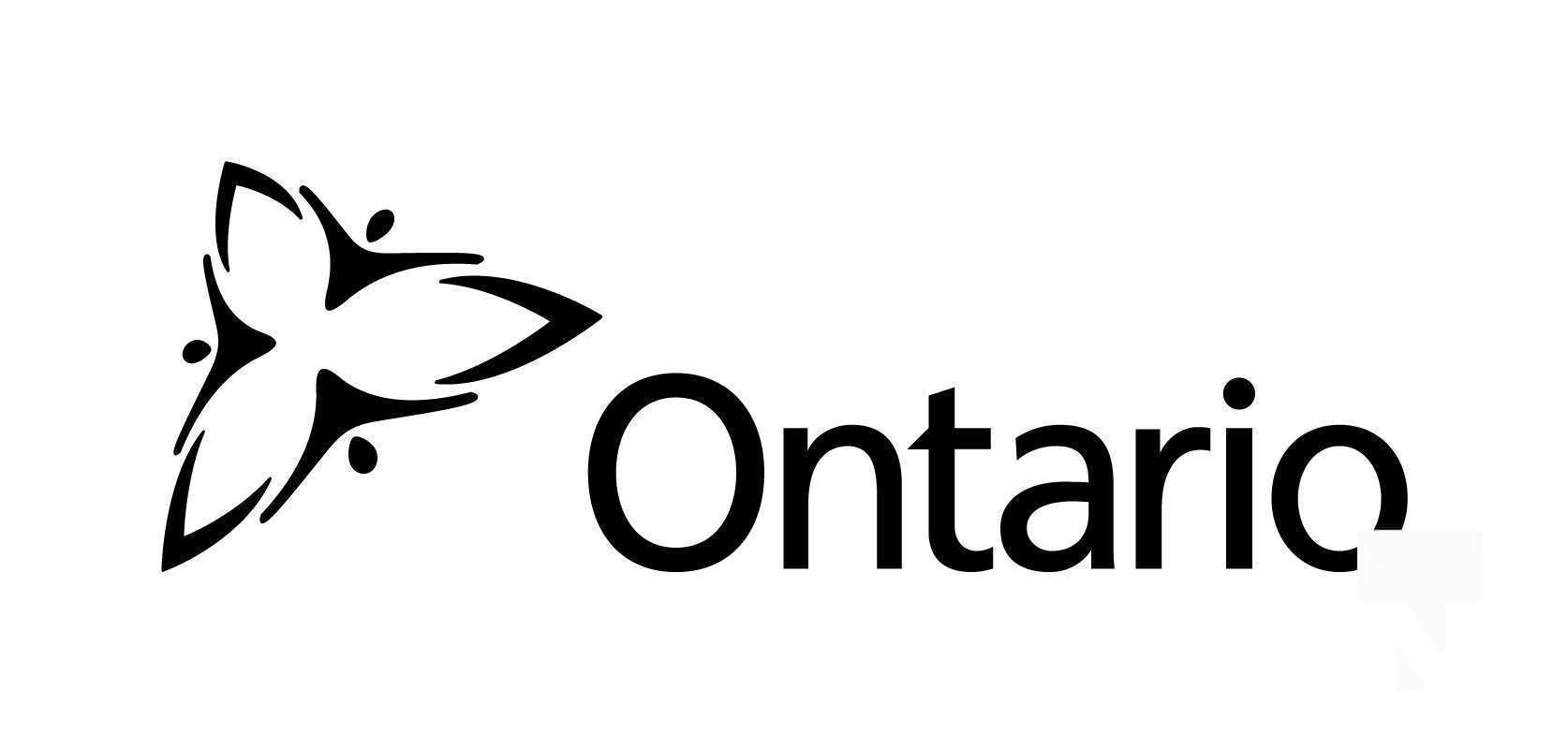Province Expanding Opportunities for Internationally Educated Nurses to Support Pandemic Response
The Ontario government is continuing to accelerate its efforts to add hospital beds and build up the province’s health care workforce to ensure patients can continue to access the health care they need when they need it.
The province is collaborating with Ontario Health (OH) and the College of Nurses of Ontario (CNO) on initiatives to deploy internationally educated nurses to hospitals and other health care settings in need of staffing support to work as part of a team under the supervision of a regulated health care provider, such as a registered nurse or doctor. More than 1,200 internationally educated CNO applicants have expressed interest in participating in these initiatives so far and matching with health-care providers is expected to begin later this week, with onboarding new staff in the weeks ahead.
“Since the start of the COVID-19 pandemic, Ontario’s hospitals and health care providers have worked tirelessly to protect the health and safety of patients,” said Christine Elliott, Deputy Premier and Minister of Health. “Our government has continued to make critical investments in our hospital and health workforce to ensure no resource goes untapped so that our hospitals have the staffing and resources they need to care for patients during this challenging time.”
Expanding opportunities for internationally educated nurses is one more way Ontario is increasing the health care workforce. Since March 2020, the government has launched emergency programs that have already added over 6,700 health care professionals to the system, including acute care settings, long-term care homes and home and community care settings that help to preserve hospital capacity. These programs will also provide hospitals with the capacity to add another 6,000 additional providers to high-need hospitals to support staffing pressures due to COVID-19 by March 31, 2022, including the deployment of nursing students and other health care providers-in-training.
Ontario has also built unprecedented hospital capacity since the start of the pandemic, including $5.1 billion to add 3,100 beds across the province for a total of approximately 17,000 medical and surgical beds. Through additional investments, the province now has a total of 2,436 adult and paediatric ICU beds. Approximately 600 ICU beds remain available today, with the ability to add nearly 500 additional beds if required.
“More than ever, this wave of the pandemic will require us to work as a system, ensuring we utilize all of our provincial resources to meet the needs of patients,” said Matthew Anderson, President and CEO of Ontario Health. “We are working closely with hospital and health care partners to maintain and protect capacity across the system.”
These ongoing initiatives build on the government’s commitment as part of the 2021 Ontario Economic Outlook and Fiscal Review: Build Ontario to invest $342 million over the next five years through immediate and longer-term recruitment initiatives which would add over 13,000 workers to Ontario’s health care system. This includes over 5,000 new and upskilled registered nurses and registered practical nurses as well as 8,000 personal support workers.
“The pandemic has highlighted the need for more staff on the front lines of our health care system,” said Peter Bethlenfalvy, Minister of Finance. “Our government committed to spare no expense in the fight against the pandemic to protect people’s health and the economy, which is why investing in the front lines of our health care system was one of the key pillars of our plan to Build Ontario.”
Quick Facts
- The 2021 Ontario Economic Outlook and Fiscal Review: Build Ontario is the government’s seventh financial update since the pandemic began, highlighting the government’s commitment to providing regular updates on Ontario’s finances, even during this uncertain economic period. It is part of the government’s plan for recovery driven by economic growth.
- In response to recent trends that show an rapid increase in COVID-19 hospitalizations, the government, in consultation with the Chief Medical Officer of Health, has temporarily moved the province into Step Two of its Roadmap to Reopen with modifications that take into account the province’s successful vaccination efforts.
- In 2020, there were 20,678 internationally educated nurses registered and eligible to practice in Ontario. This represented 12.2% of Ontario’s nursing workforce in 2020, up from 10.3% of in 2010.
- The province has also reinstated Directive #2 for hospitals and regulated health professionals, which instructs them to temporarily pause all non-emergent and non-urgent surgeries and procedures in order to preserve critical care and human resource capacity. While this was not an easy decision, this time-limited measure will help preserve and increase hospital bed capacity by making between 1,200 to 1,500 acute/post-acute beds available as needed.
- To date, over 5,100 Ontarians have registered through the Ontario COVID-19 Volunteer Portal and the Health Workforce Matching Portal and have answered the province’s call to arms to businesses, volunteers and retired health professionals to help further boost capacity to administer vaccines and get more boosters into arms sooner. This includes over 1,900 regulated health professionals (active license and retired), firefighters, first responders, and health professionals in training that have been sent for immunizer training to support the province’s vaccine effort.
Additional Resources
Related Topics
Government
Learn about the government services available to you and how government works. Learn more
Health and Wellness
Get help navigating Ontario’s health care system and connecting with the programs or services you’re looking for. Learn more























